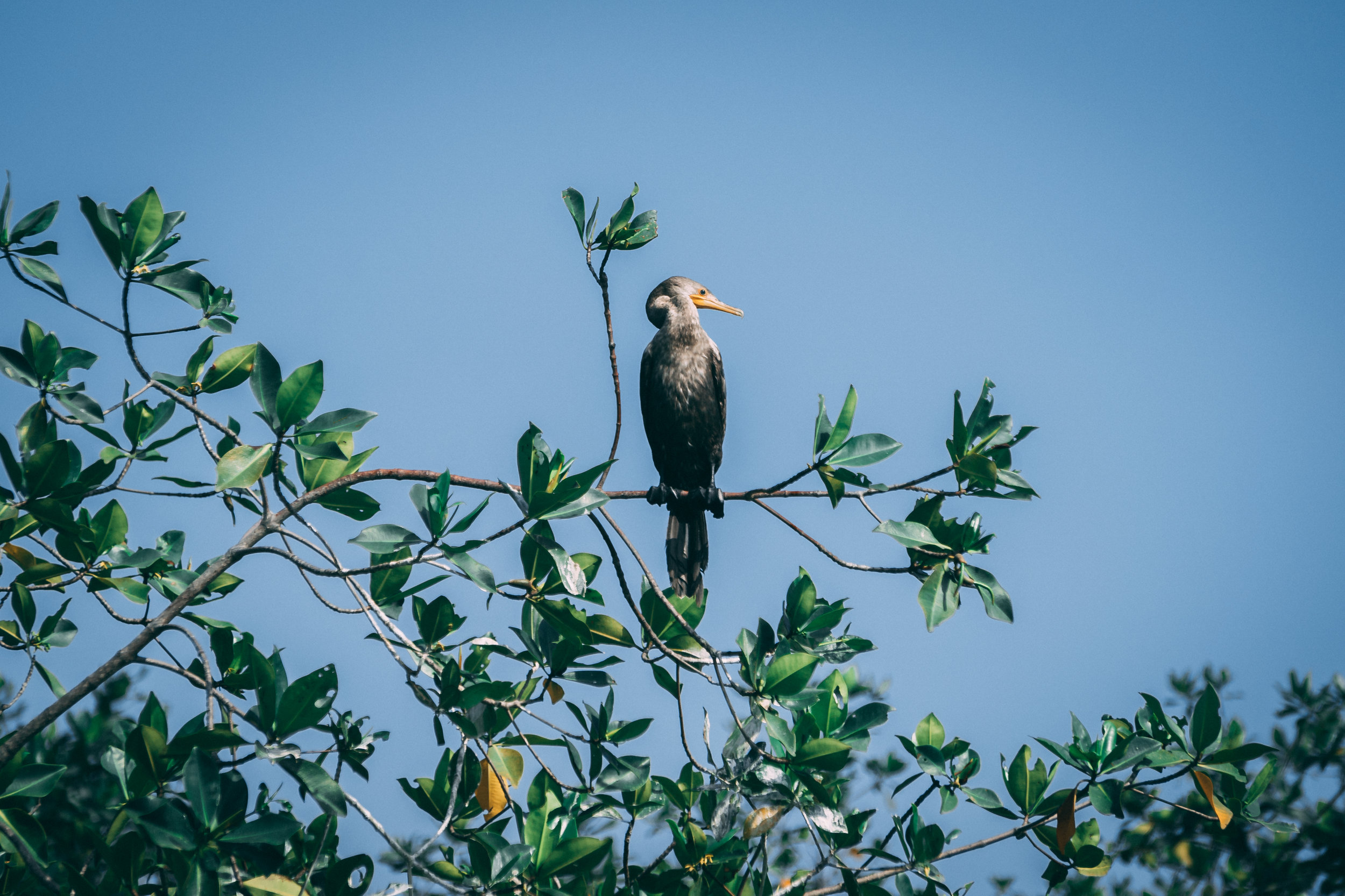Manglares de Tumbes - Tumbes, Peru
by Rebecca Hollman
updated Dec 1, 2018
Manglares de Tumbes - Tumbes, Peru
The Santuario Nacional Manglares de Tumbes is a mangrove reserve that can be explored by boat on a tour, and is the main draw for coming to Tumbes. Tours are organized out of Máncora or Tumbes and take you on a boat ride through the mangrove areas. The sanctuary was established in 1988 and protects Peru’s largest area of mangrove forest. It is 30 square kilometers and creates the border between Peru and Ecuador. The forest is home to many different types of mangrove trees - including black mangroves, white mangroves, red mangroves, and button mangroves. Because of the mangrove forests, the area is a hotspot for bird and fish biodiversity - with over 148 species of birds and 105 species of fish. It also has 3 mammal species - the silky anteater, the neotropical otter, and the crab-eating raccoon. The area is also known for its “conchas negras” which are used to make a special type of ceviche typical to the area. When the water levels recede and the tides go out, people wade into the muddy mangroves and pick out the black mollusks to make into ceviche. Mangroves themselves are extremely interesting plants, and are super critical for protecting coastal shorelines and for providing safe homes for fish. The interesting thing about these plants is their ability to filter saltwater and their tall root system that allows them to tolerate twice daily flooding. They can tolerate water up to 100 times saltier than any other plant in the world and this is because of three different methods. First, they filter 90% of the water that enters at the initial contact point in the roots. Then, salt glands in the higher branches and leaves actively pump out the remaining salt onto the surface of the leaf. If you look closely at a mangrove leaf, you can see the salt crystals on the surface. Lastly, any remaining salt is pumped to old leaves and stored there, until the old leaves die and fall off the plant - bringing the salt with them. Mangroves survive the constant changes in tides and flooding by having extremely tall roots that raise the main plant above the flooding threshold and by having thin roots that stick up into the air that allow the plant to get oxygen even if all the roots are submerged by the high tide.
Table of Contents
Tours go out from the Puerto Pizarro docks in Tumbes all day. You can either arrange a tour in advance from a tour agency in Tumbes or Máncora. However, I suggest getting your own mode of transport to the docks and arranging a boat ride directly with one of the guys on the dock or joining another tour that is about to go out. This way, you can save a lot of money that goes to the tour agency. Going on our own, we paid a S/ 1 park entrance fee and S/ 20 per person to the boat guy for taking us out. The boat ride lasts about an hour and there is an optional stop for lunch and to relax on a beach on one of the islands. One important thing to note if you try to arrange your tour on your own is that the boat ride can only be done at high tide. During low tide, there is no water so boats can’t go out.
The Crocodile Farm
During the tour, the boat will stop at a crocodile farm. This tour is optional and is an additional S/ 7 to get in to see the crocodiles. Your boat tour guide will give you a tour of the crocodiles and explain lots of information about the different species of crocodiles in the area. There is an optional addition to visit the crocodile area, where a couple of hundred crocodiles live - including different species of crocodiles and caimans. It’s not a wildlife rescue or rehabiliation, so I’m not sure exactly why the crocodiles are there but they seem like they are in good health and well-maintained. I always suggest being wary of funding zoos or organizations that keep animals just as means for tourism income. However, we did the extra tour thinking it was a crocodile rescue center and loved being able to see the crocodiles so close but whether you want to pay for it is up to you.














